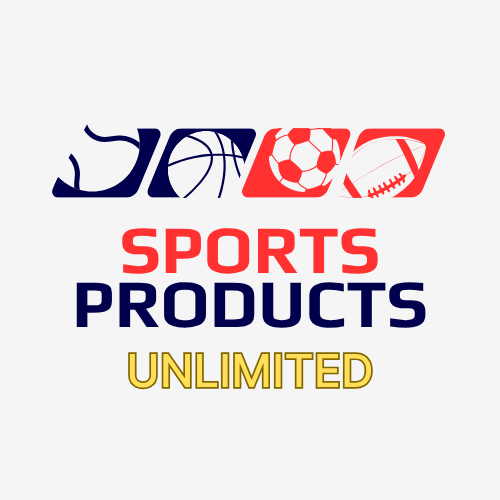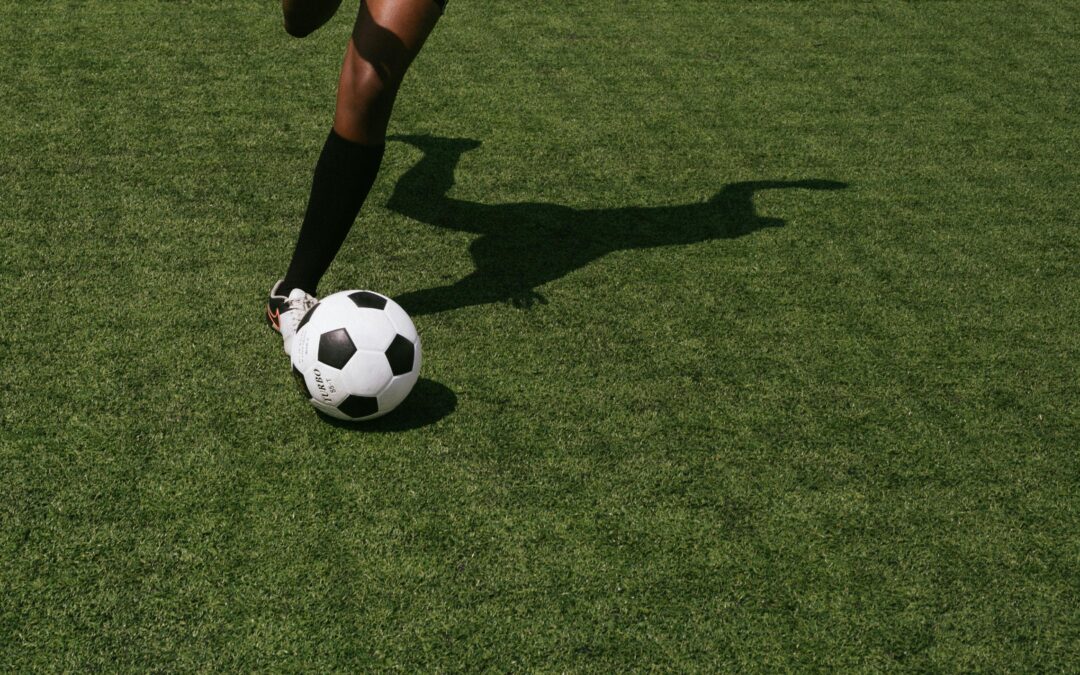The Science Behind Performance
Athletic success isn’t just built in the gym or on the field — it’s also maintained through SPORTS medicine. This specialized branch of medicine focuses on keeping athletes healthy, preventing injuries, and enhancing performance through science-backed strategies. Whether you’re a professional competitor or a weekend athlete, understanding SPORTS medicine can help you train smarter, recover faster, and perform at your peak.
What Is SPORTS Medicine?
SPORTS medicine is a multidisciplinary field that combines medical care, physical therapy, performance science, and injury prevention. It focuses on four main goals:
-
Preventing injuries through proper training, assessment, and conditioning.
-
Treating injuries efficiently and effectively to reduce downtime.
-
Optimizing recovery to maintain consistent performance.
-
Enhancing performance through scientifically guided training programs.
By integrating these elements, athletes are equipped to stay at the top of their game while minimizing risks.
Injury Prevention: The First Line of Defense
One of the most critical aspects of SPORTS medicine is preventing injuries before they happen. Techniques include:
-
Biomechanical analysis – Evaluating movement patterns to identify potential stress points.
-
Strength and conditioning programs – Strengthening joints, muscles, and connective tissues to withstand the demands of competition.
-
Proper warm-ups and cooldowns – Preparing the body for activity and promoting post-exercise recovery.
-
Monitoring workload – Ensuring athletes don’t overtrain or under-recover, which can lead to injuries.
Athletes who prioritize prevention often enjoy longer careers and fewer setbacks.
Cutting-Edge Treatments and Rehabilitation
When injuries do occur, SPORTS medicine ensures athletes recover safely and effectively. Modern techniques include:
-
Physical therapy and manual therapy – Targeted exercises and hands-on care to restore strength and mobility.
-
Cryotherapy and heat therapy – Reducing inflammation and improving circulation to speed healing.
-
Massage and myofascial release – Loosening tight muscles and connective tissue for better performance.
-
Hydrotherapy – Using water-based exercises to reduce impact while rebuilding strength.
Customized rehab plans help athletes return stronger while minimizing the risk of re-injury.
Recovery Science: Beyond Rest
Recovery is an active process guided by science. SPORTS medicine emphasizes:
-
Sleep optimization – Quality rest allows the body to repair tissues and regulate hormones critical for performance.
-
Active recovery – Low-impact activity like swimming, yoga, or cycling enhances blood flow and accelerates healing.
-
Mobility and flexibility work – Stretching, foam rolling, and targeted exercises improve range of motion and reduce stiffness.
-
Mental recovery – Mindfulness, visualization, and relaxation techniques help athletes manage stress and maintain focus.
Effective recovery strategies keep the body and mind in peak condition, allowing consistent performance.
Nutrition and Hydration Strategies
While this blog avoids oral supplements, proper nutrition and hydration remain essential pillars of SPORTS medicine. Tailored meal timing and hydration plans support:
-
Muscle repair and growth
-
Energy replenishment
-
Electrolyte balance
-
Cognitive function for better focus and reaction times
Pairing proper nutrition with the right recovery and performance tools ensures a holistic approach to training.
Technology in SPORTS Medicine
Innovation has revolutionized SPORTS medicine. Devices like compression therapy systems, wearable monitors, and infrared recovery tools allow athletes to track performance, manage strain, and speed healing. Combining technology with expert guidance provides a precise, science-backed path to peak performance.
Equip yourself with performance and recovery gear at Sports Products Unlimited to take advantage of cutting-edge tools designed for athletes.
Bringing It All Together
SPORTS medicine is not just for professional athletes — it benefits anyone who wants to perform better, stay injury-free, and recover effectively. By integrating prevention, treatment, recovery, and performance strategies, athletes can maximize their potential while reducing the risk of setbacks.
Which SPORTS medicine technique has had the biggest impact on your performance — physical therapy, recovery tools, or mobility work? Share your experience and learn new strategies from fellow athletes.

